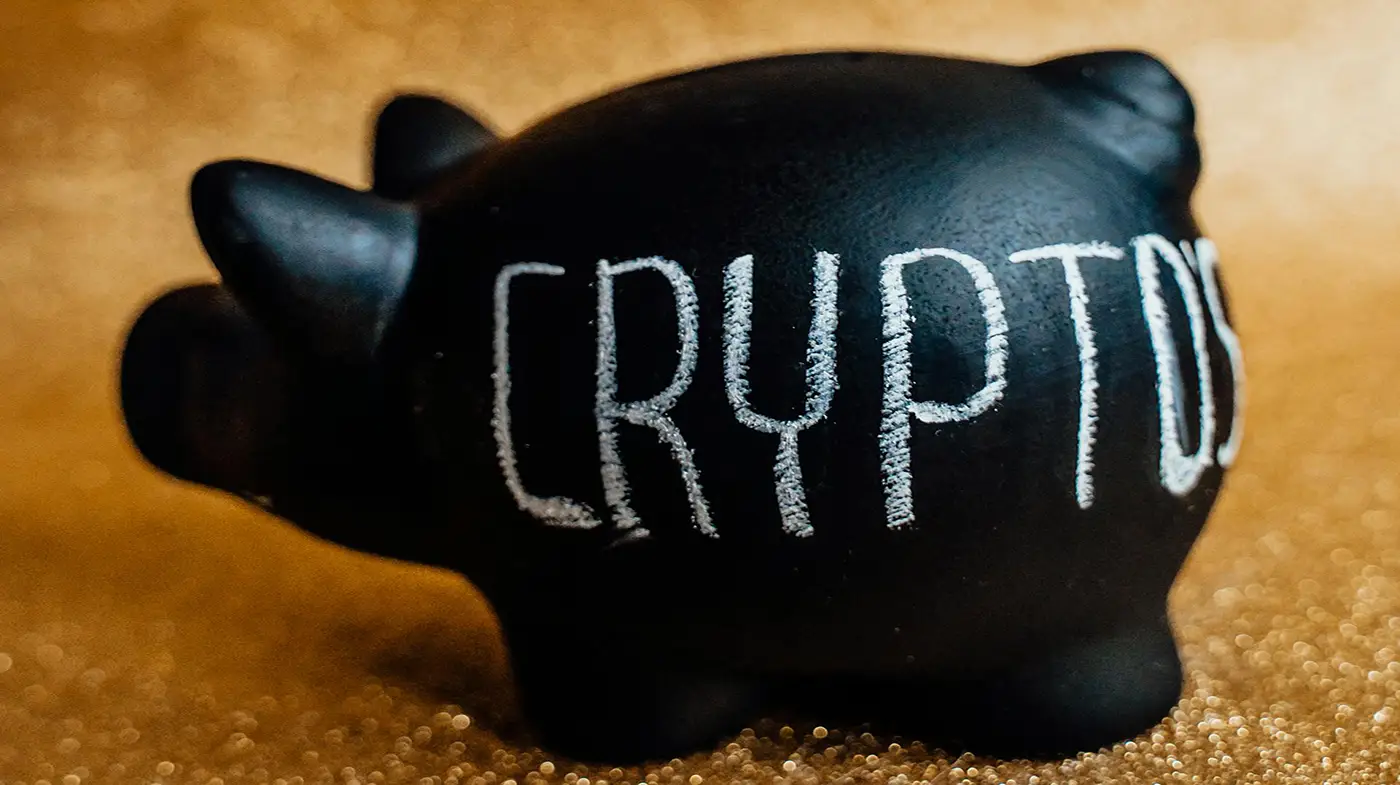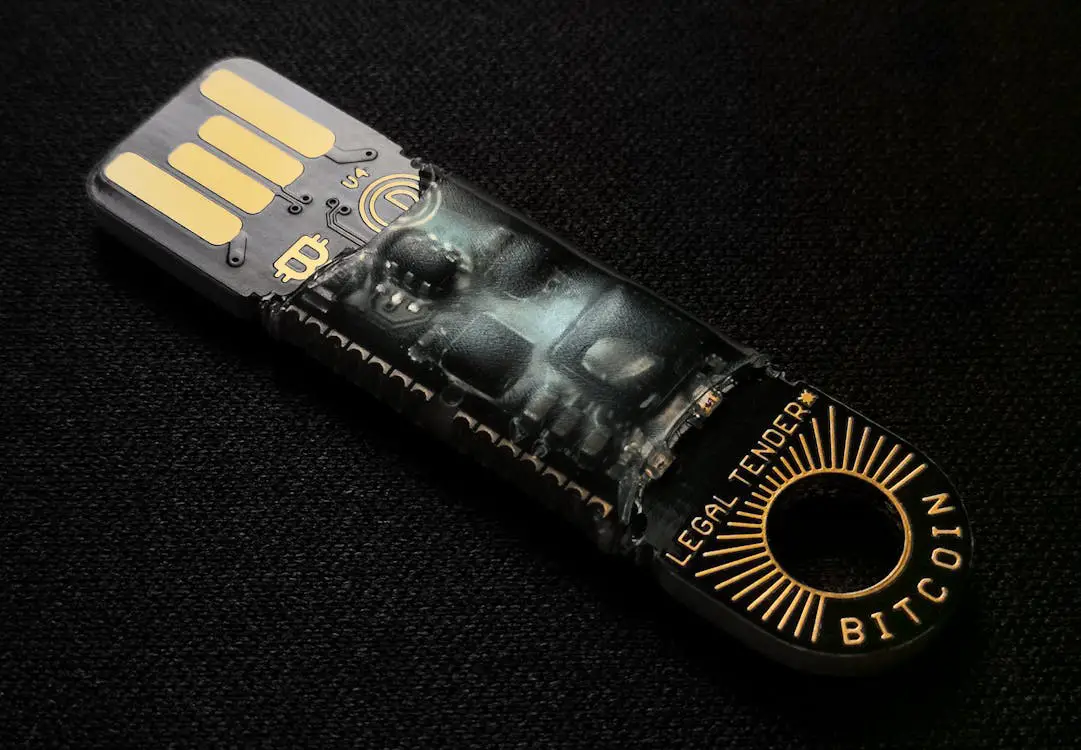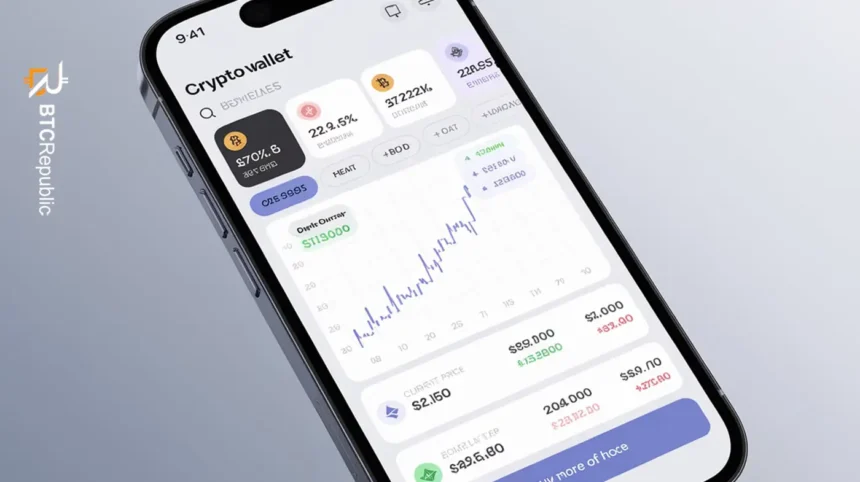The adoption of cryptocurrencies continues to expand, transforming financial systems and empowering millions all over the world to transact freely with little or no intervention by intermediaries. If you are already into cryptocurrencies, you must be accustomed to how to set up a crypto wallet.
For those about to enter the exciting world of cryptos, a variety of questions usually arise: What exactly is a crypto wallet? How do I set up a crypto wallet? If you’ve been bogged down with such questions, then ponder no more.
This guide explains what a crypto wallet is, how to set up a crypto wallet, and more.
Crypto Wallet Explained
Most people who use fiat currency are familiar with the term wallet. It is where you store all the cash you use to engage in various pecuniary transactions.
By extension, a crypto wallet is nothing but a digital equivalent of your physical wallet—where you store your digital crypto assets so that you can engage in transactions.
Apart from your physical wallet, you can also stash your cash in the “wallet” of a financial institution such as a bank.
A crypto wallet works according to the same principle—you can also store your digital assets in the wallet of an institution known as a cryptocurrency exchange. Some examples of these exchanges include Binance, Coinbase, and OKX.
Every crypto wallet has a public key, private key, and seed phrase. A public key is like your bank account number, which you can give to your employer or any other party that wants to send you fiat money. This is why some call it a public address.
In contrast, a private key is like a secret password that you use to gain access to your crypto wallet. Like a private key, the seed phrase should also be known only to the wallet owner. You’ll need your seed phrase to recover your account backup if the original account is damaged or lost.
In a nutshell, you can share your public key with the public, but NEVER share your private key and seed phrase with anybody (or with anybody you don’t trust).
Types Of Crypto Wallets

Before learning how to set up crypto wallets, it is necessary to know the types of wallets available at the moment. Such knowledge will not only help you determine which specific wallet to choose but also how to set it up.
There are various types of cryptocurrency wallets, each offering distinct features. Wallets may be classified according to internet access. This classification type gives rise to hot wallets and cold wallets. Hot wallets practically live on the Internet, while cold wallets are usually offline but can be connected to the Internet when necessary.
- Hot wallets are further grouped into software wallets and web wallets. Crypto exchanges that provide hot wallets usually offer software apps and web-based versions. Cold wallets include hardware wallets and paper wallets.
- Software wallets are applications you can install on your computer or smartphone. Popular options include Electrum and Exodus.
- Web wallets are accessed through a web browser and are managed by third-party services. Coinbase and MyEtherWallet are well-known examples.
- Hardware wallets are physical devices that keep your private keys offline, providing strong security. Notable examples are Trezor and Ledger.
- Paper wallets consist of printed (or manually written) copies of your public and private keys, stored offline for safety.
Wallets may also be classified according to how they store private keys. Examples include custodial and noncustodial wallets. Custodial wallets store private keys for wallet owners, while noncustodial wallets allow wallet owners to store their private keys personally.
Both hot wallets and cold wallets may be custodial or non-custodial.
How To Set Up A Crypto Wallet For Software

Creating a software crypto wallet is essential for anyone interested in storing, trading, or transacting with cryptocurrencies. This section explains how to set up a wallet for cryptocurrency activities in a software application.
Step 1: Choose a wallet application: Selecting a trustworthy software wallet platform should be your first step. A variety of options are available, each with different features, including security measures. It’s important to research thoroughly before making a choice. Popular software wallets include Trust Wallet and Exodus Wallet.
Step 2: App download: After selecting a suitable wallet model, download it to your computer, tablet, and mobile phone. Installing the app facilitates access to your digital assets at any time on any of your devices. As a security measure, always download the app from official sources (such as Google and Apple) or the wallet developer’s website. Apart from the app, you can also use their web-based wallet service.
.Step 3: Account creation: Next, set up your account by providing appropriate information (for example, name, email, and password). Some wallet apps may also require identity verification, such as a KYC process. This means you might need to upload an ID card or document from your country’s government and an image that clearly shows your face. Not all providers require a KYC process.
Step 4: Asset transfer: After setting up your wallet and account, you can now move cryptos to the wallet. Crypto assets can be transferred in several ways. For example, bank account transfers, exchanges, or transactions can be made through another wallet.
The majority of software wallet services support several cryptocurrencies, making it easy to manage various assets. Use your wallet address to facilitate the transfer of funds to your wallet. QR codes can also enable transfers in some wallets.
How To Set Up A Crypto Wallet For Hardware

Step 1: Choose your preferred hardware: Start by researching and comparing different hardware wallets to find the one that suits you most. Search for trusted brands, read customer feedback, and check their security features. Each model offers unique features and varying levels of protection. Popular brands include Trezor and Ledger.
Step 2: Buy the hardware: After selecting a wallet, purchase it and have the necessary software installed. The installation process can differ based on the wallet. Most products come with a setup guide that walks you through installation.
As soon as the software installation is complete, the hardware wallet can be connected. Connection can be through a variety of ways, for example, USB or Bluetooth. Be sure to adhere to the wallet maker’s instructions to ensure a proper setup.
Step 3: Move your cryptocurrency: Once the set-up is complete, cryptos can be transferred to your new hardware wallet. But to facilitate a transfer, it will still be necessary to connect the wallet to a crypto exchange or brokerage.
After completing the transfer, your cryptos will be safely stored offline, thus ensuring enhanced security.
How To Set Up A Crypto Wallet With Paper

Paper wallet creation is an easy and affordable method for storing cryptos offline. Here are the steps needed to create one:
Step 1: Visit a paper wallet generating website: To start, visit a website that offers a paper wallet generator to create unique private and public keys for your wallet. For maximum security, choose a trusted generator. After accessing the generator, save the page in web archive format for offline use.
Step 2: Disconnect from the internet: For the best security, it’s advisable to go offline when generating your private keys on paper. Working without an internet connection minimizes online attack risks and guarantees the privacy of your private key.
Step 3: Key printing: This step involves printing your private and public keys on paper and storing them safely and securely to prevent damage, unauthorized access, loss, or theft.
Best Practices For Setting Up Crypto Wallets

Learning how to set up a crypto wallet may seem daunting, but following a few key best practices can simplify the process.
Reputation: As noted above, research is important when setting up crypto wallets. Investigate the wallet provider’s reputation. Read reviews and user feedback, and research the company’s background and history for further insights.
Security: Prioritizing security is essential. Look for wallets that provide features like, multi-signature options, two-factor authentication, and backup capabilities. A wallet with a strong reputation for security is vital to safeguard your funds from threats.
Costs: Consider the fees associated with different wallets. Costs can vary significantly since some wallets may impose additional charges for specific services or transactions. So, seek out wallets with fair pricing and transparent fee structures, especially if your budget is tight.
Compatibility: Verify that the wallet is compatible with your devices (e.g., mobile phones and laptops) and operating systems (e.g., iOS or Android).
Supported currencies: Whether you intend to hold numerous or particular cryptocurrencies, ensure the wallet you choose is supportive of all cryptocurrencies you plan to invest in. Look for a comprehensive list of approved cryptocurrencies on the wallet provider’s website, and be sure that they match your investment goals.
User-friendliness: Opt for a wallet that is user-friendly (and beginner-friendly if you are a newbie). It should feature an intuitive interface and facilitate easy backup and recovery for your stored cryptocurrencies, among other things.
Customer support: Customer service should be another crucial consideration. A provider that offers prompt support and helpful resources, such as user guides and FAQs, can significantly enhance your experience, especially if you encounter any problems.
Conclusion
As more people adopt or plan to adopt cryptocurrencies, they will need crypto wallets to store and transact with their cryptos. For newbies, understanding how to set up a wallet for cryptocurrency activities can be challenging.
This guide has not only tried to deepen your understanding of how to set up a crypto wallet but also provided valuable insights on other aspects of the topic.
FAQs
-
What will it cost to own a crypto wallet?
Software wallets are typically free of charge to download, install, and use. However, some may charge transaction fees (often small amounts) when you send or receive cryptocurrencies. Web wallets require an internet connection. The cost of hardware wallets varies according to the product manufacturer, product model, and features. For example, you can get a hardware wallet from Ledger for anywhere between $60 and nearly $2000. Many providers offer paper wallets free of charge.
-
What risks are involved in storing cryptocurrency?
Storing cryptocurrency comes with several risks. For example, a software wallet user may experience phishing and cyberattacks by hackers who are trying to steal their private key or seed phrase. For hardware wallets, your hardware may malfunction or fail at any time, hence the need for backups to avoid losing your funds. If you use a paper wallet, you should realize that paper is not only fragile and perishable but can also be misplaced or stolen.
-
What is the best wallet option?
It depends on your needs and preferences. A software wallet may be ideal for you if you conduct internet-based crypto transactions daily or frequently. If you just wish to store (or hodl) your cryptos without often transacting with them, you may prefer a hardware wallet. Additionally, if you want full control of your private key, a noncustodial wallet should be your option. If you won’t mind a third party storing your private key, a custodial wallet is ideal.










